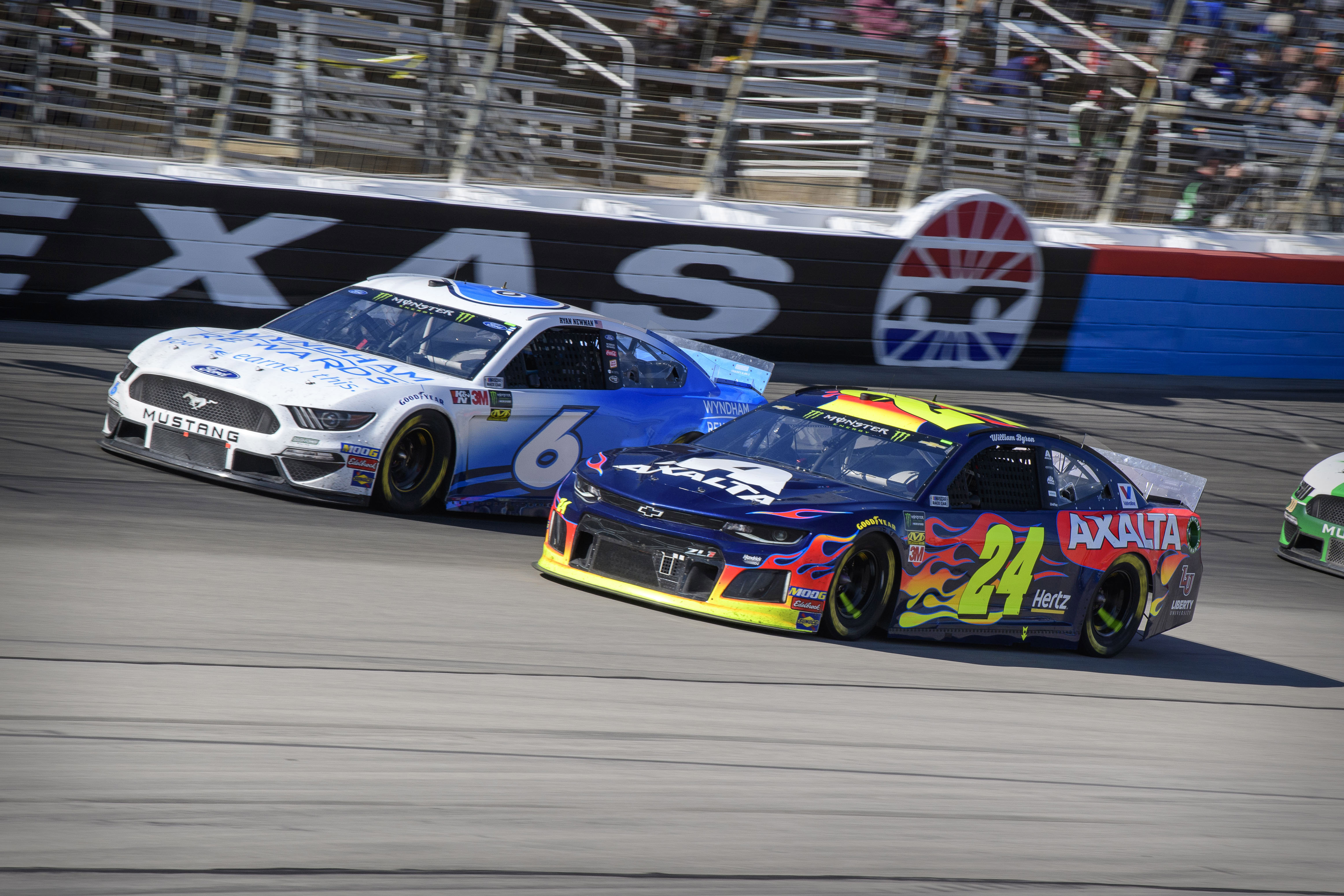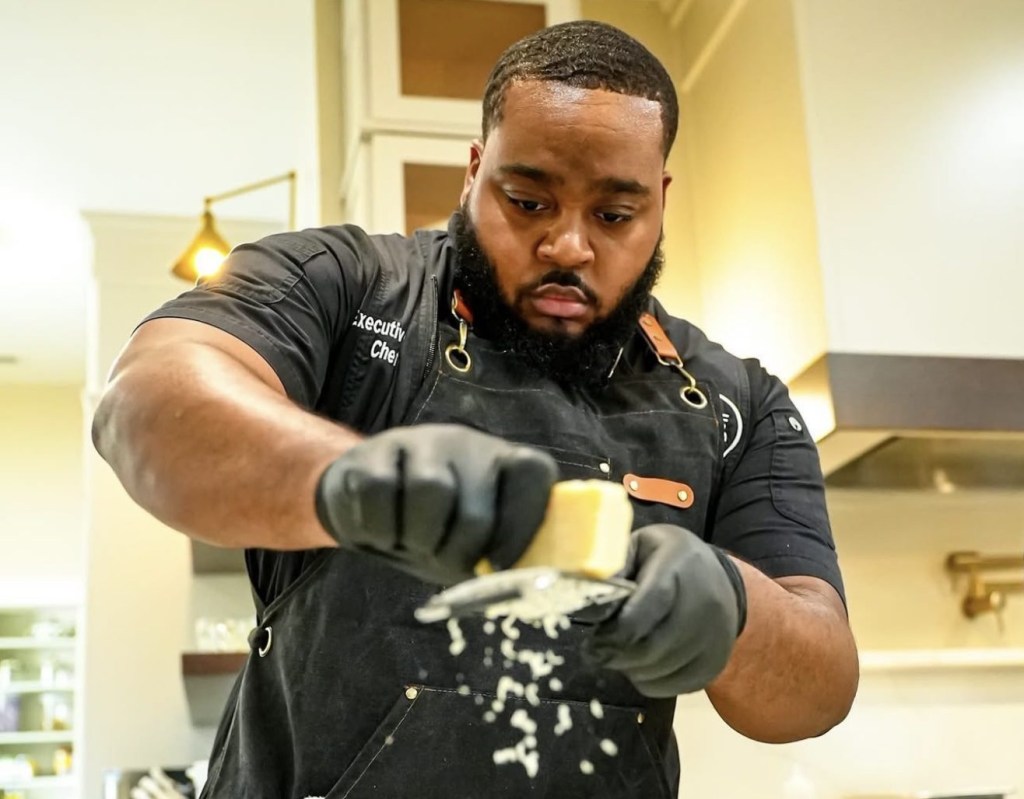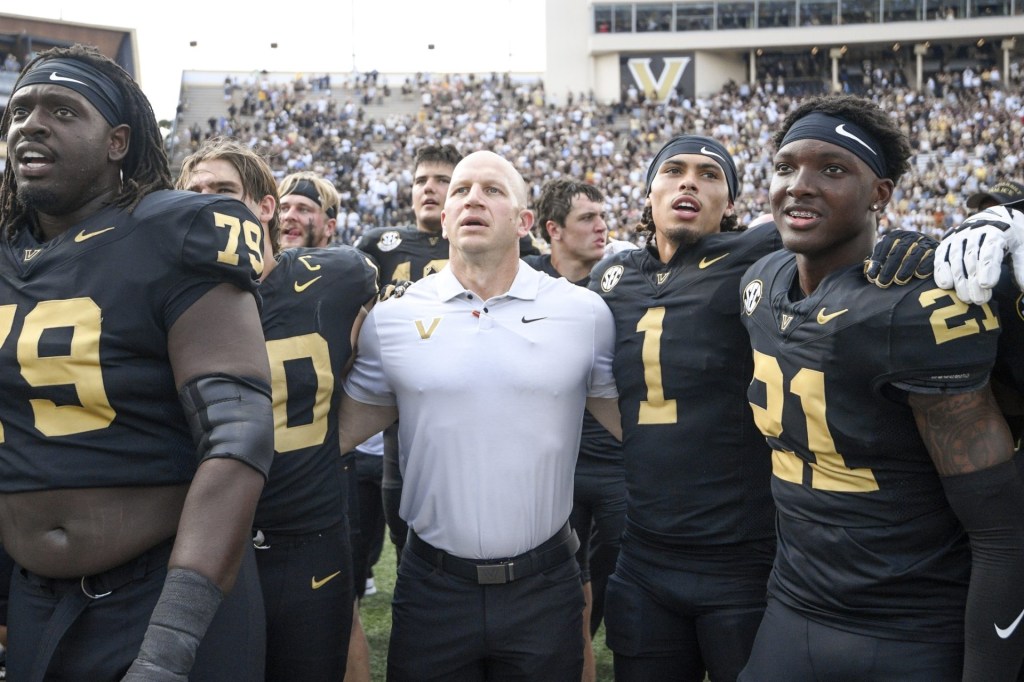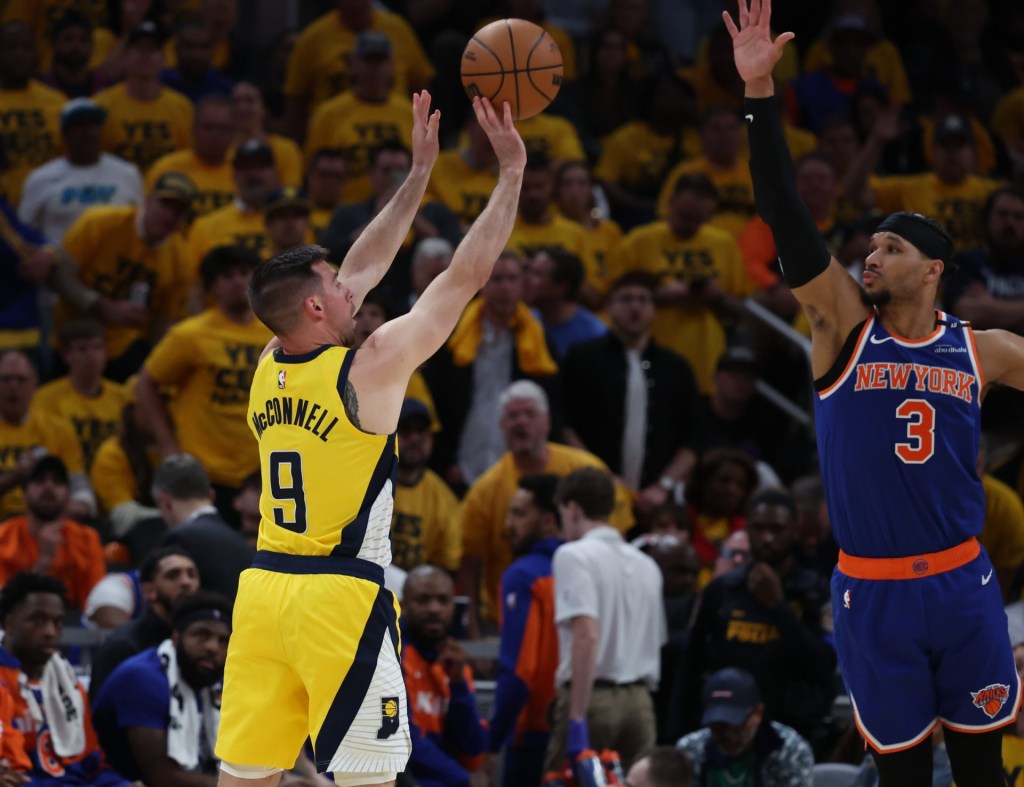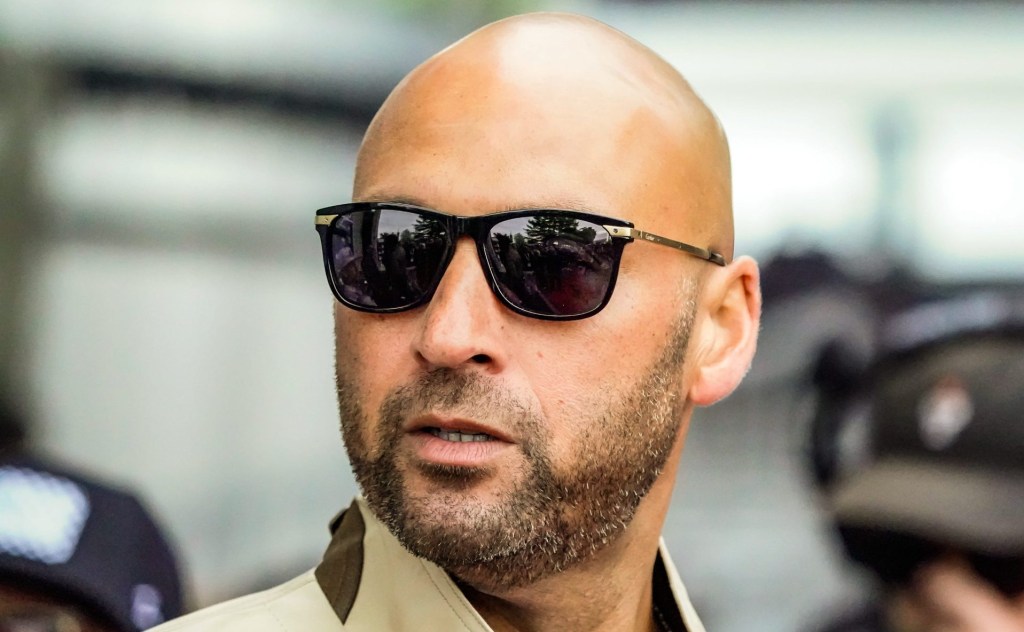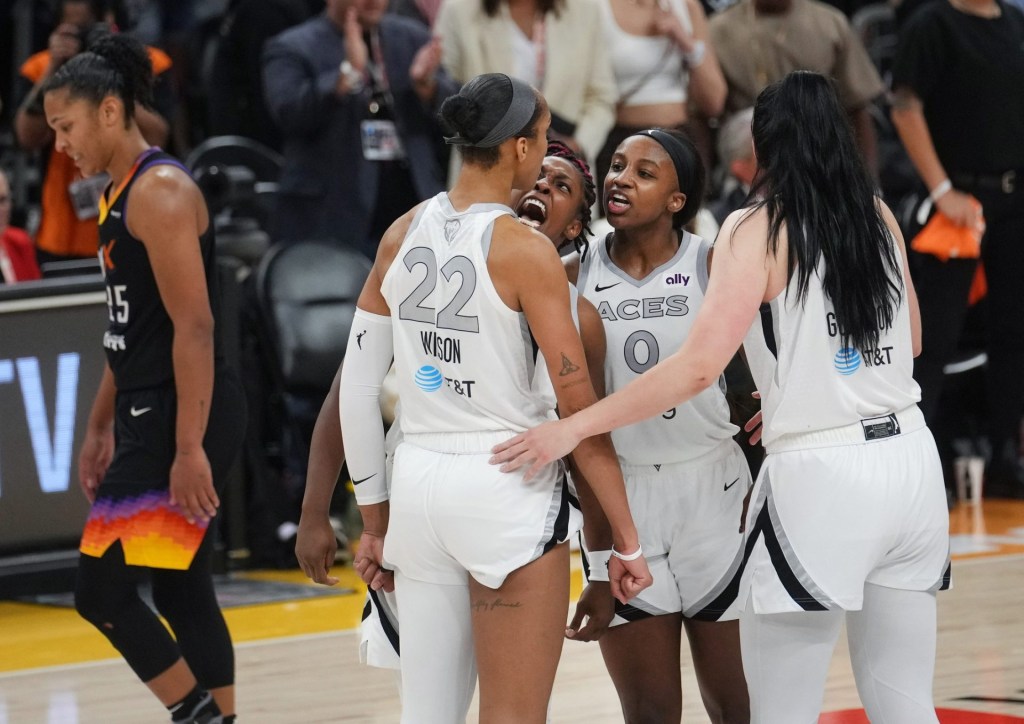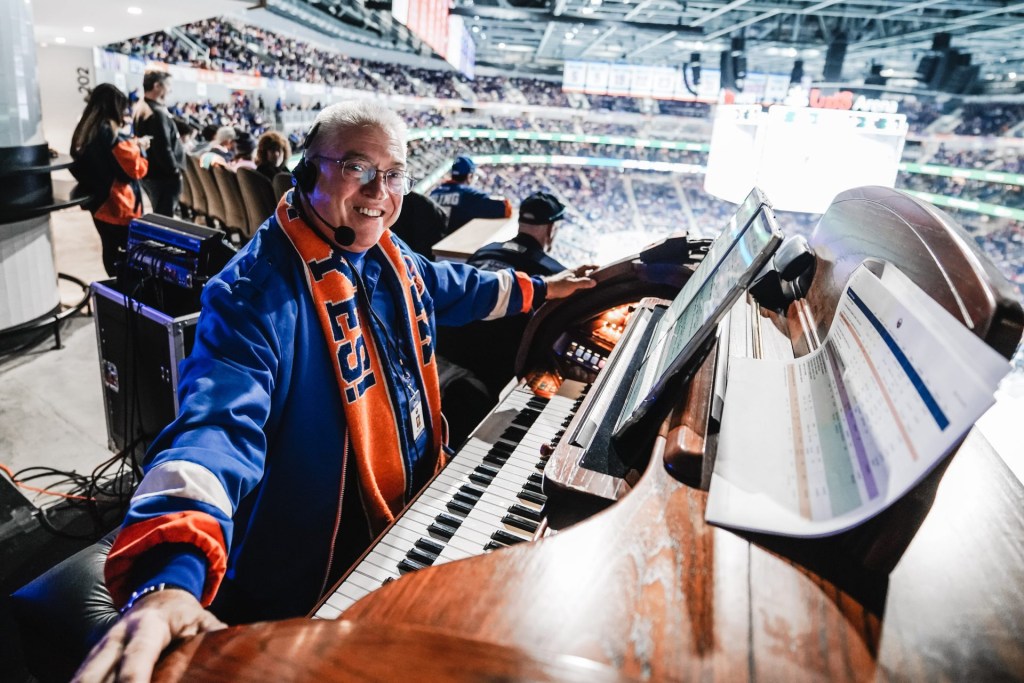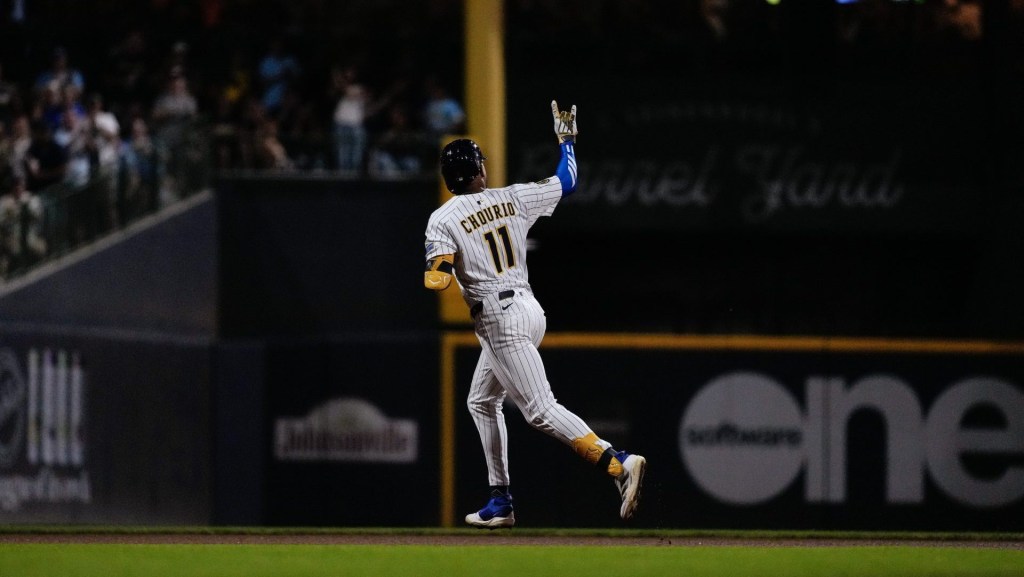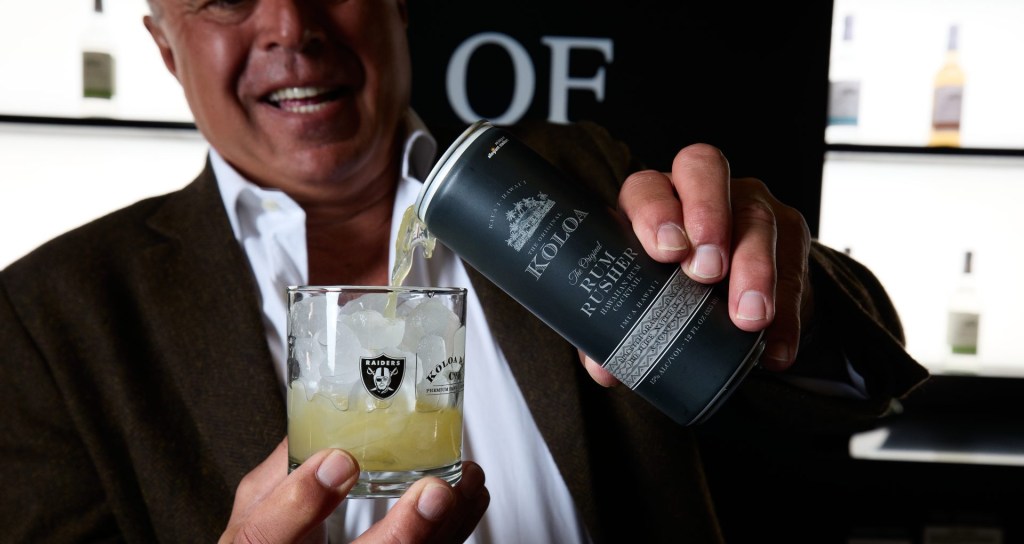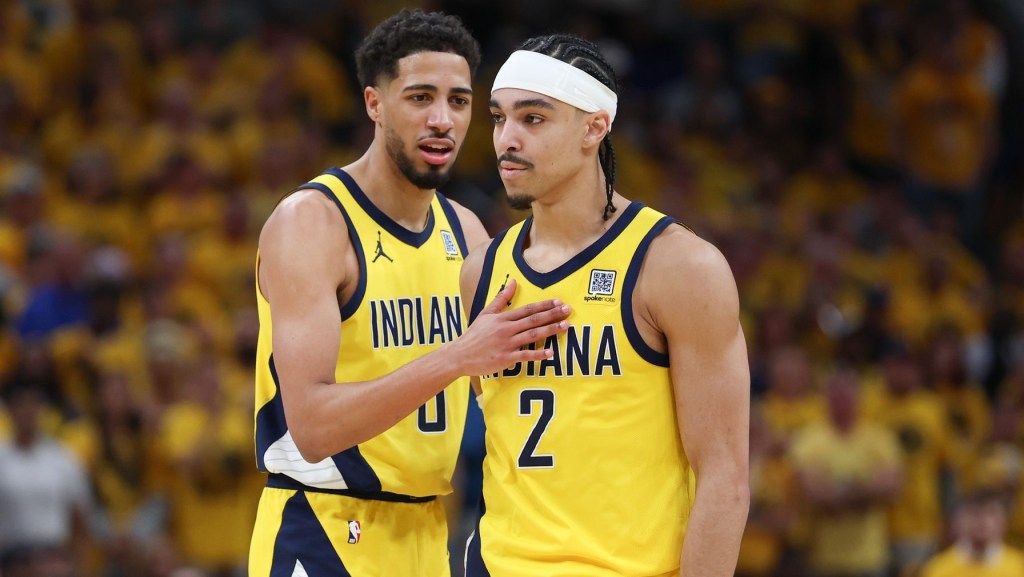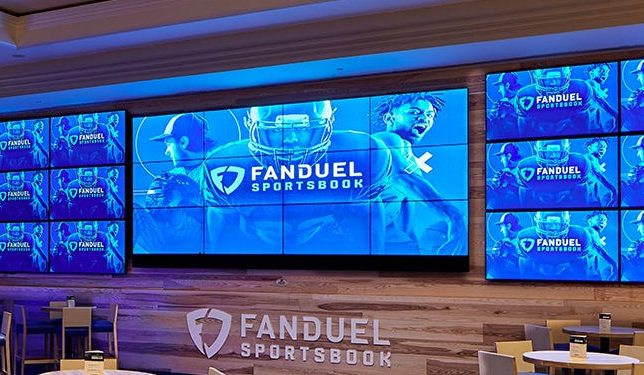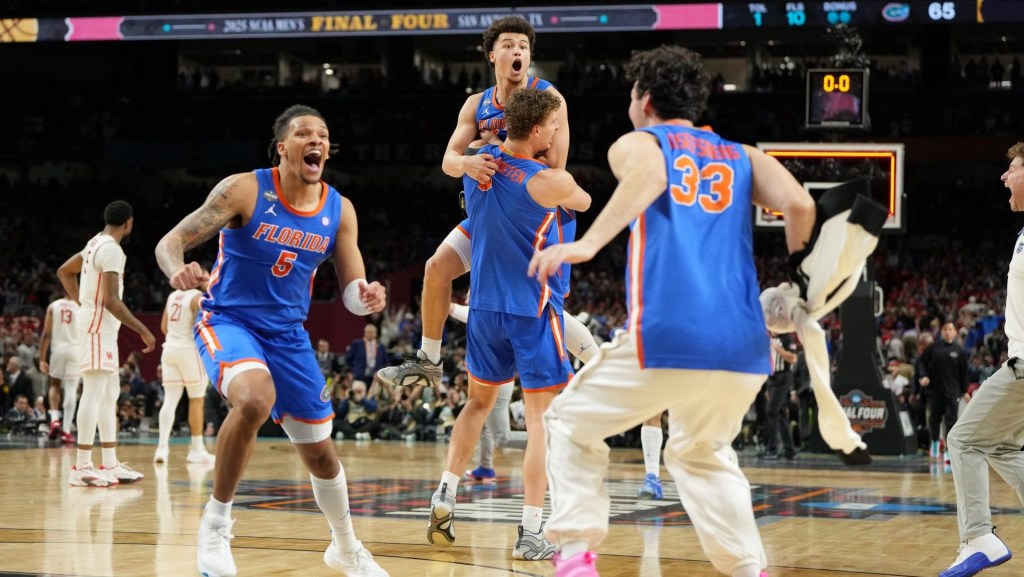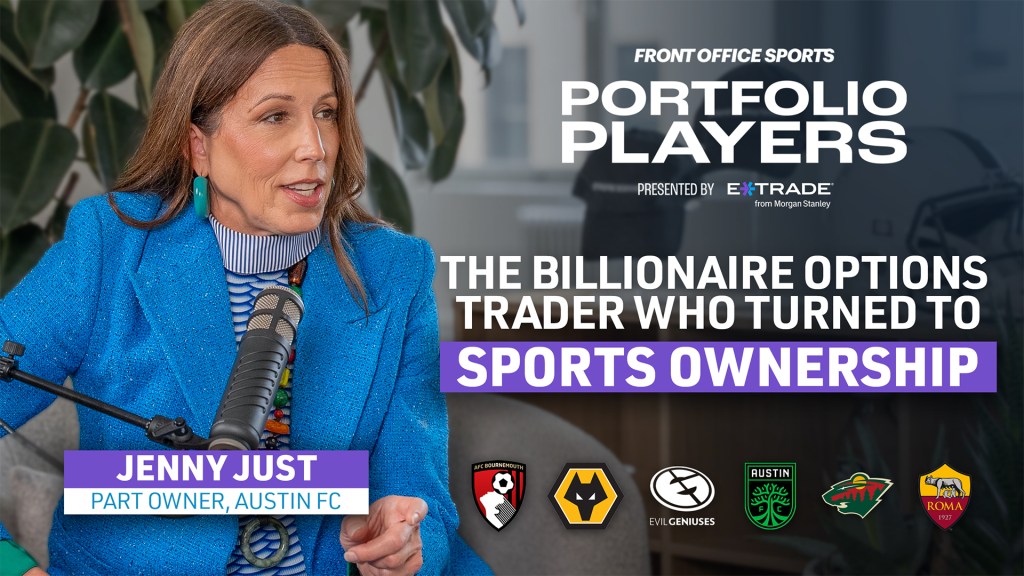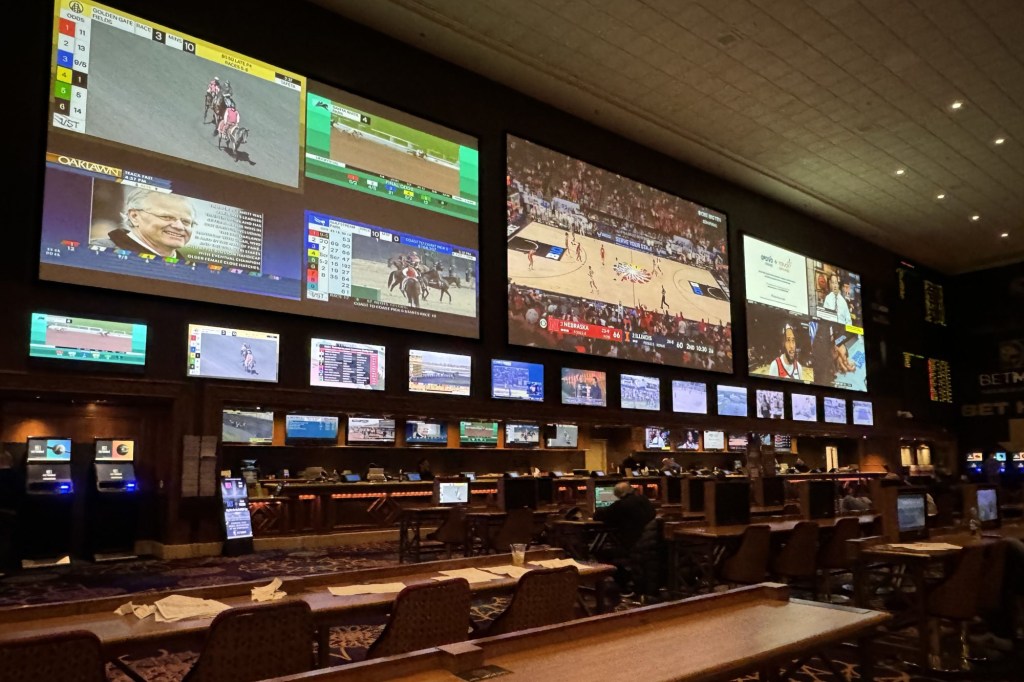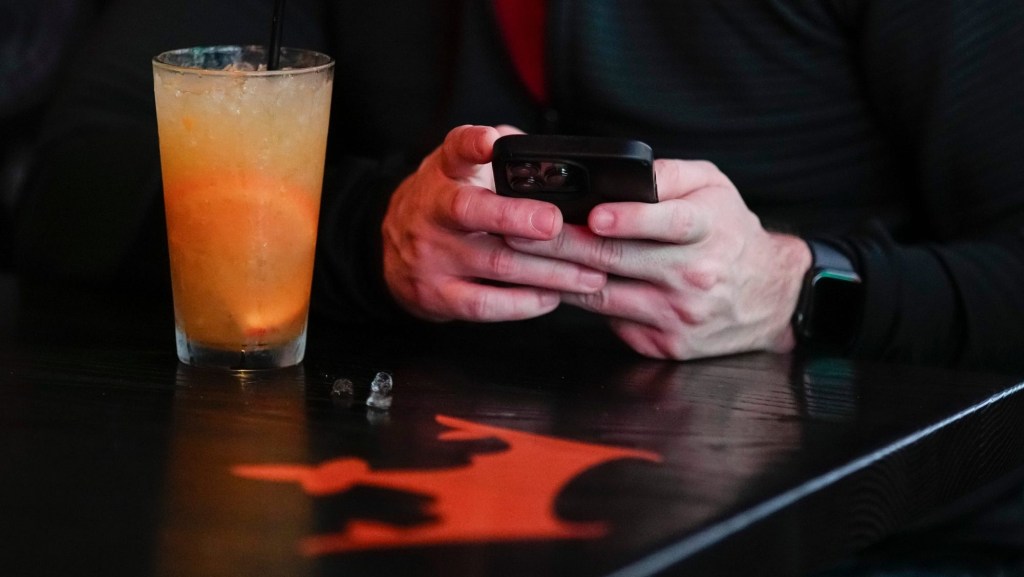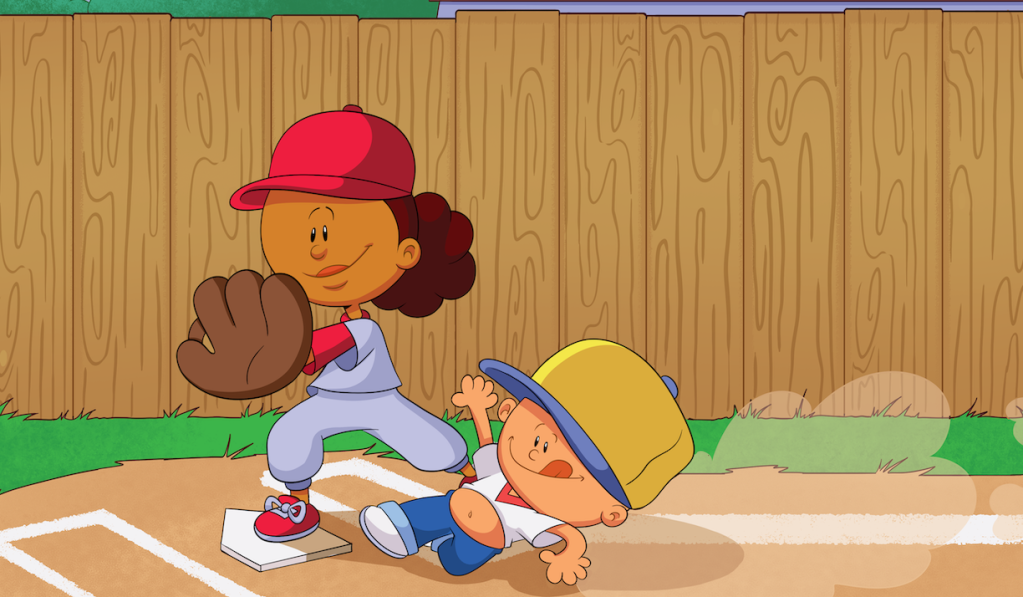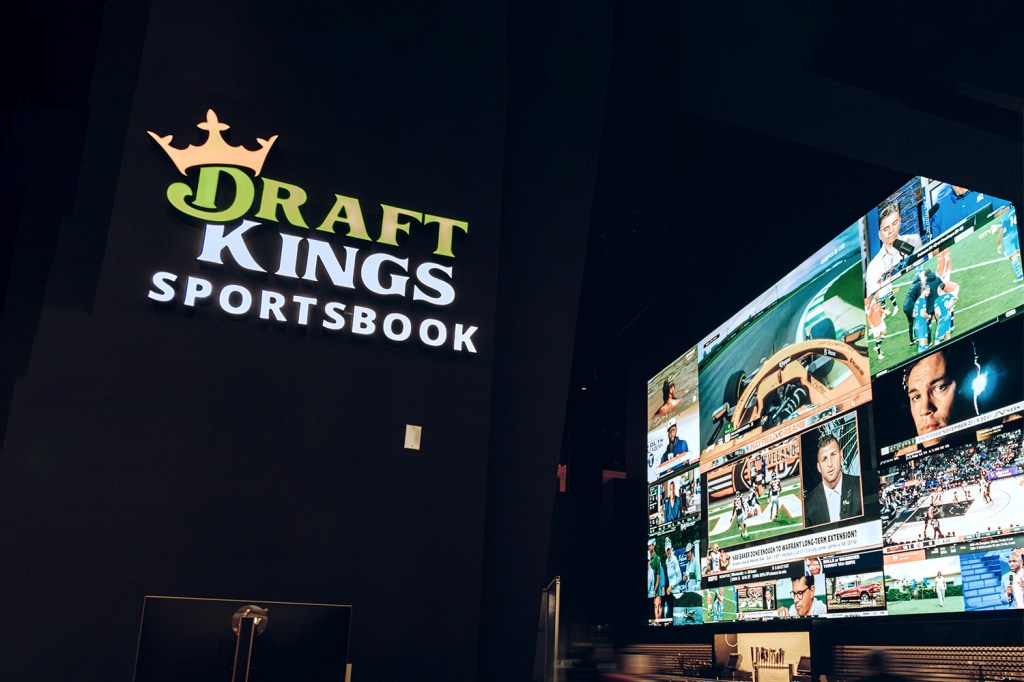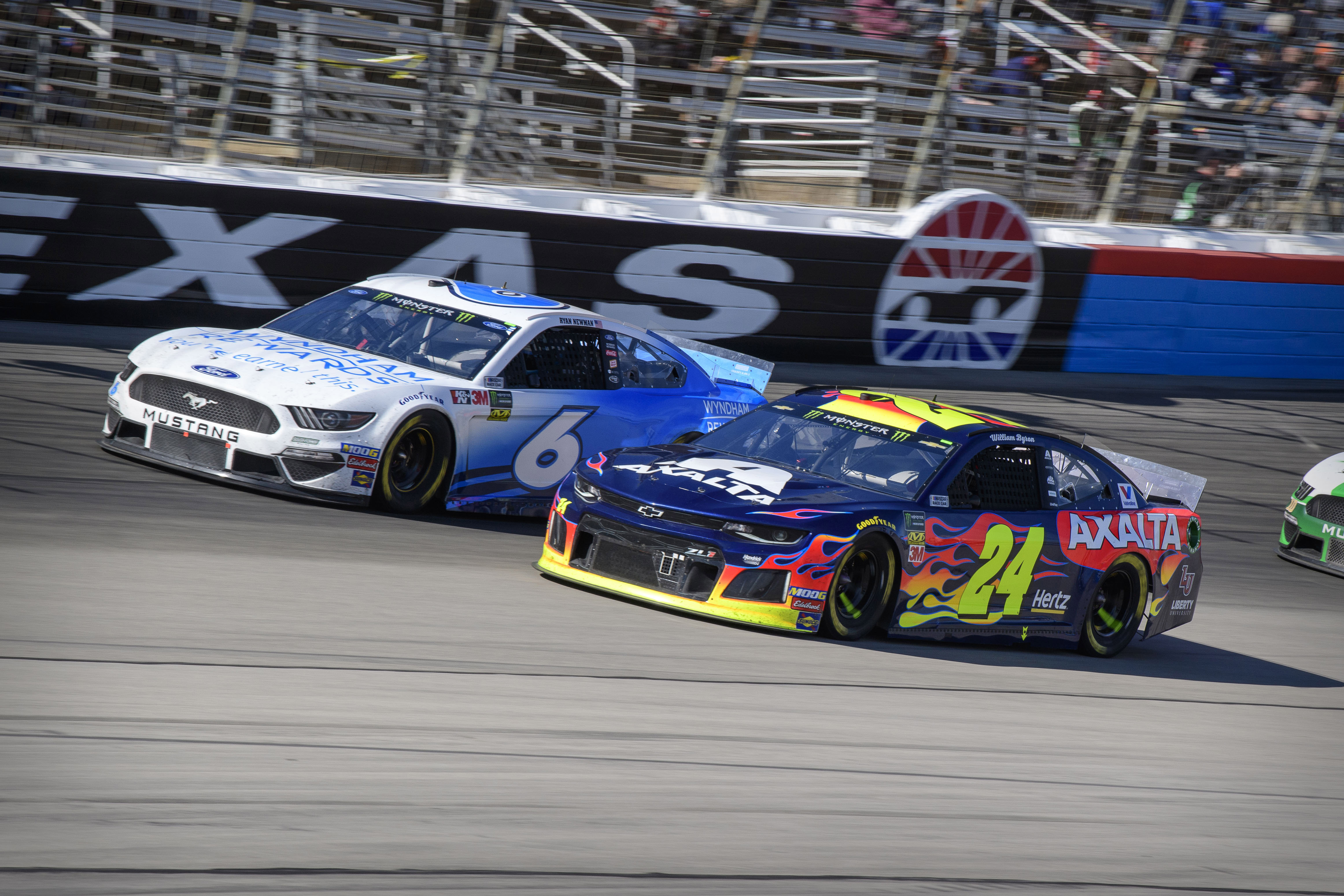
Photo Credit: Jerome Miron-USA TODAY Sports
North American sports leagues continue to find their lanes in esports. But the organization in pole position may surprise you: NASCAR.
NASCAR has been in esports since 2009, when it signed a five-year deal with iRacing, a subscription-based racing simulation game, to launch a competitive series. The two brands signed a six-year extension in 2015. Now, the eNASCAR PEAK Antifreeze iRacing Series is in its 10th season.
In December 2018, NASCAR, the Race Team Alliance and 704Games, with an investment from Motorsport Network, also introduced the eNASCAR Heat Pro League, a second NASCAR-organized esports league. This vertical is played on NASCAR HEAT 3 on console systems Xbox One and PlayStation 4. The season will start racing around late May.
“It’s important for us as an industry to look for those opportunities for growth, and esports is certainly one of those channels [through which] we can reach a new demographic,” says Craig Neeb, NASCAR’s chief innovation & development officer. “There’s a high level of engagement around esports, and we believe our product fits really well into that. I think it distinguishes itself from other professional leagues in regards to esports in that’s it’s probably closer to the actual thing. It has a path where you can get from the virtual world into the real world. We have real examples of that.”
READ MORE: A Look At Richmond Raceway’s Modernized Infield
You read that correctly: In the decade of iRacing, gamers have actually turned into drivers under the NASCAR umbrella. For example, William Byron, the 21-year-old sensation in the Monster Energy NASCAR Cup Series, claimed over 100 competitive wins as a teenager on the iRacing circuit. Over the last decade, NASCAR drivers have also used the simulator as a practice accessory.
While iRacing fits the hardcore racer, the Heat Pro League intends to connect NASCAR with a newer crowd. Xbox One and PS4 take out wheels and pedals with the aim of appealing to fans with a lower baseline of stock car engineering.
“You don’t want to start at the top of the pyramid,” Neeb says. “You want to kind of have a funnel that allows people to progress their way up. There was nothing that we had before in that mass- market world. Having the Pro League creates an entry point into competitive gaming and has a much larger population of people that have access to it.”
NASCAR’s racing teams also have a stake in both leagues. The Heat Pro League hosted its first-ever draft this past March, with 14 NASCAR teams in the mix – one player on each console. Wood Brothers Racing, whose esports department is led by Director of Business Development and former NASCAR driver Jon Wood, held the first pick on PS4. Wood selected Slade Gravitt, the youngest driver in the draft pool at age 16.
[mc4wp_form id=”8260″]
“We had a cheat sheet to go off of with all these different drivers,” Wood says. “I went more with a guy who I knew would be more social media- savvy than maybe just a straight, ‘I’m going to win every race’ kind of guy.”
Wood wants to win, but he also recognizes a business opportunity when he sees one. Wood Brothers, which also just added two racers in iRacing, is one of the smaller teams involved with esports, but new fans don’t need to know that. Gravitt’s success and fan engagement can bring in fans in a way Paul Menard’s racing cannot replicate.
“Something that caught me by surprise was that the percentage of participants buying this game that did not identify as hardcore NASCAR fans was 60 percent,” Wood says, referencing a recent 704Games survey.
Nearly every American understands car racing even if they do not comprehend NASCAR culture. This is a good problem for NASCAR to have on the esports side. Being an intense NASCAR Fan is not a barrier for entry for enjoying a NASCAR console video game.
“We’re attracting a much newer demographic into the game than with other projects and other ways to consume the sport,” says Ed Martin, the president of 704Games. “Our average age is anywhere from 32 to 34 years old. They’re incredibly engaged.”
By contrast according to Statista, from 2006 to 2016, the average age of a NASCAR TV viewer rose from 49 to 58 years old. So getting younger is an urgent need for NASCAR.
“They’re a really diverse group, anywhere from teens to mid-30s,” Neeb says of the players drafted for Heat Pro League Season 1. “I think the combination of folks they picked are really from a good swath and perspective of a cross-section around the country.”
While the goal of the Heat Pro League is to bring in a new audience for NASCAR, much of the template still comes from the eNASCAR PEAK Antifreeze iRacing Series. The $100,000 prize pool is up 500 percent from last season and the iRacing circuit includes biweekly virtual races at stops in the Monster Energy NASCAR Cup Series, culminating with a championship race at virtual Homestead-Miami for a total of 14 races plus four playoff races. These tracks are half as long as their real-life counterparts, running about 90-120 minutes.
Meanwhile, the Heat Pro League will go with a 12-race season and four playoff races, with a different time peg. The iRacing Series ends prior to the actual Cup Series Championship, with the iRacing victor receiving the championship trophy in Miami. Meanwhile, the Heat Pro League will culminate in November, closer to the Cup Series Championship.
READ MORE: Full Sail University Anchors Strong Orlando Esports Ecosystem
The eNASCAR PEAK Antifreeze iRacing Series has broadcast throughits own YouTube and Twitch channels and www.iracing.com website. The Heat Pro League has already announced it will stream on NASCAR.com and Motorsport.com. NASCAR has not announced other social media and streaming platforms for the Heat Pro League yet. While iRacing broadcasts on Tuesday nights, the Heat Pro League plans on airing on Wednesday evenings. Heat Pro League races will be shorter, going about 20-30 minutes each, with an Xbox and PS4 race being part of each roughly 90-minute broadcast.
Esports diehards reading this article may notice the lowercase e before the eNASCAR PEAK Antifreeze iRacing Series eNASCAR Heat Pro League. That’s on purpose.
“People try to correct when we write esports in our press releases because there’s a lowercase e before a capital s and then lowercase t in esports,” says Steve Myers, Executive Vice President and Executive Producer, iRacing Motorsport Simulations. “That’s how our logo is. And people can’t correct us. We started esports because esports wasn’t even a word.”
That’s a fact. The iRacing Series came before most sports games even considered competitive online games. The marketplace is far more crowded today, but that won’t stop NASCAR from continuing to push the pace.
